If you were to look at the Cochrane family tree you would find most of the branches are firmly rooted down a mine shaft.
The last of a long line of coal miners whose family roots are in the same coal seam, can be traced back a century.
Ty Cochrane is a fourth generation coal miner from the Marburg Rosewood area.
Ty’s name will be forever etched onto the last branches of the coal family’s tree with there being no chance of a fifth generation to take up mining in this area with the closure of Ipswich’s last coal mine, Jeebropilly, later this year.
He has climbed the ranks from fitter and turner to superintendent of the coal handling preparation plant.
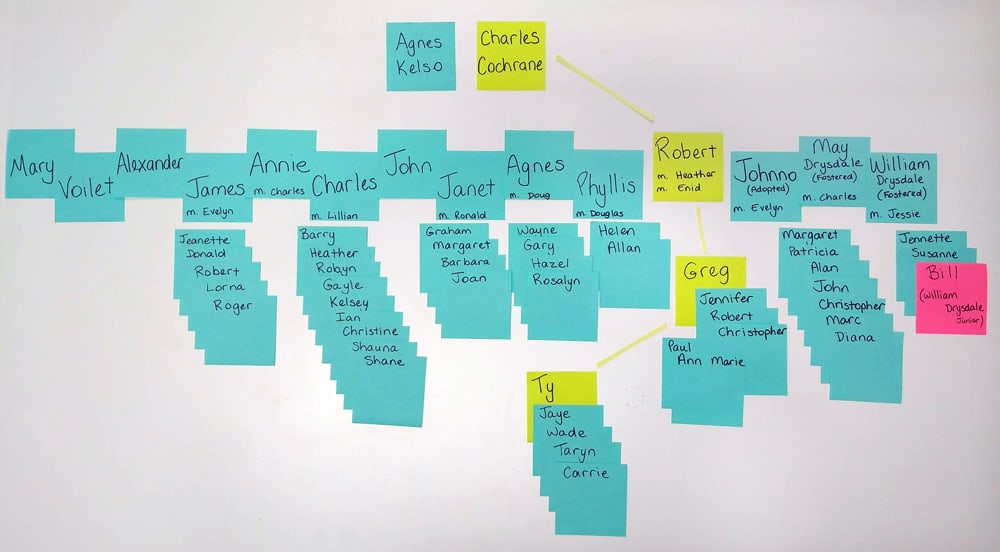
An abridged version of the Cochrane family tree.
Half of the names pictured worked in the Ipswich area’s coal seam.
But Ty’s story started a century ago when his great-grandfather and a Scot, Charles Cochrane, noticed a small outcrop of black coca-type earth in a gully leading to Marburg valley, on the north-west slope of Perry’s Knob.
Charles was a miner at the Caledonian Mine at Thagoona.
On his days off he would do a bit of prospecting in search of coal.
After years of digging fox holes with a well-worn fencing shovel, a short handle miner’s pick and a kerosene tin tied with hemp rope to haul the dirt out of the hole, Charles found a metre of really nice quality coal with two-and-a-half centimetres of stone in the middle.
Charles resigned from his job Caledonian Mine to work full time in his own.
The Cochranes had one skip, one farm horse and 77m of half inch wire rope and not much money.
With a lot of hard work by March 1927, the tunnel for the mine was driven 77 metres in to the coal and the miners were delivering six tons of coal to the surface a day.
That is how the Roughrigg Mine, the first mine in Marburg, opened on the northern slope of Perry’s Knob.
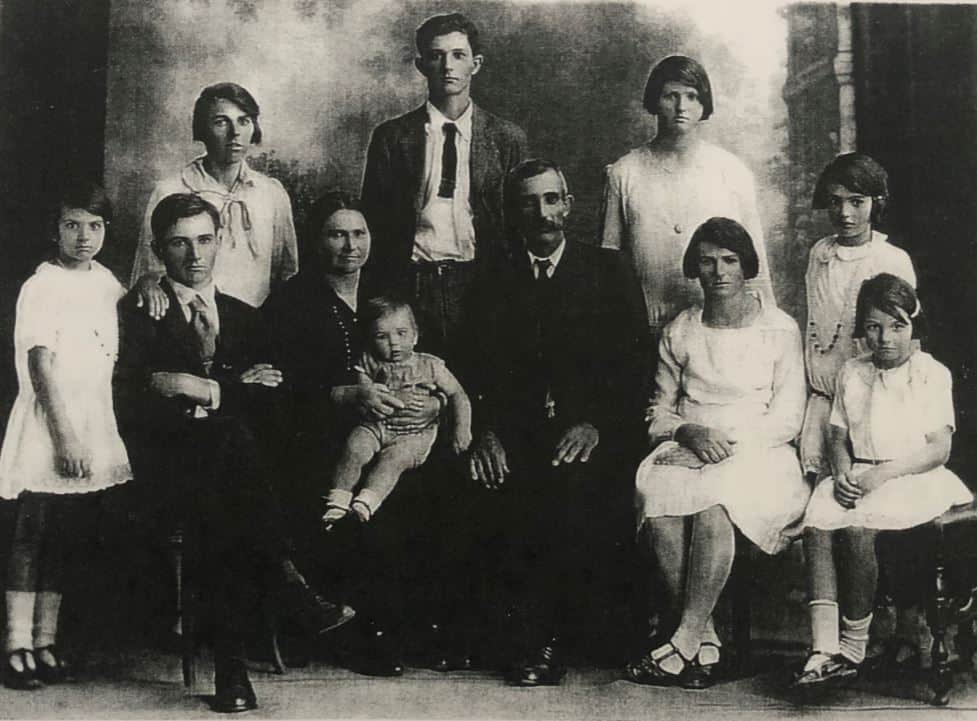
Agnes and Charles Cochrane and their family. Image courtesy of Clan Cochrane in Australia publication
The 11th born child of Charles and his wife Agnes, was Robert.
Robert is Ty Cochrane’s grandfather.
Robert had to get permission from the authorities to head underground when he was just 13.
He was a jack-of-all-trades and worked in and around the mine most of his life.
When Robert’s son, Greg Cochrane, was three years old, his earliest memories are going with Robert for rides in the 1950s Commer truck that was used to haul the coal to the train station.
They would shovel the coal on to the truck, then off again on to the train.
The same as they had done when the transport was a horse drawn wagon before that.
Even after the sugar mill and the butter factory closed, the train would still come out for the coal alone.
It was only after the mine ran out of orders in 1969 that the train stopped coming.
Eighty men lost their jobs when the mine closed.
That is the nature of coal mining.
Mines come and go.
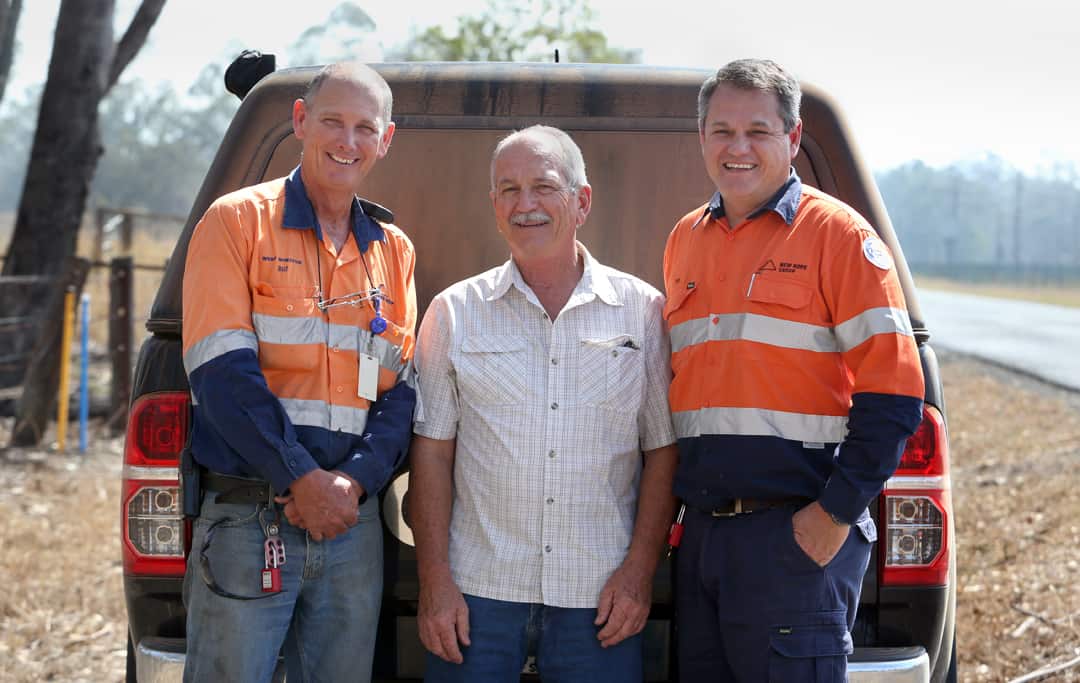
Bill Drysdale, Greg Cochrane and Ty Cochrane
It can be a dangerous affair as Ty’s second cousin, Bill Drysdale can attest.
Bill is also the grandchild of Charles Cochrane who fostered Bill’s father, William Drysdale, and his sister May after their parents died.
Bill works at New Oakleigh Mine, which is the same mine he started at in 1981.
He has been an underground miner for most of his career.
Bill’s father, also named Bill, was an underground miner as well.
Normally a son following in his father’s footsteps would not be particularly unusual.
But Bill Drysdale Senior’s name is etched on the memorial stone that stands at Box Flat where he lost his life in the worst mining disaster in Ipswich’s history.
So why did the son head into the occupation that killed his dad?
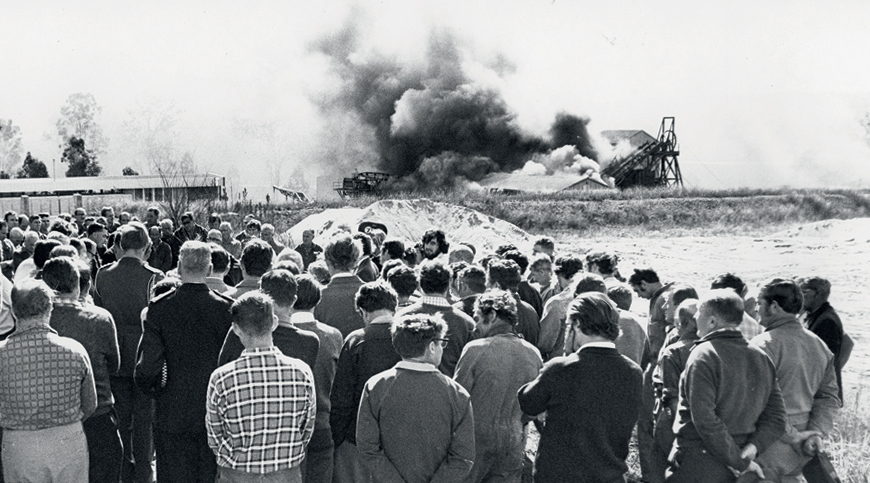
A memorial service held at the Box Flat Mine on 31 July 1972. Image courtesy of The Courier-Mail
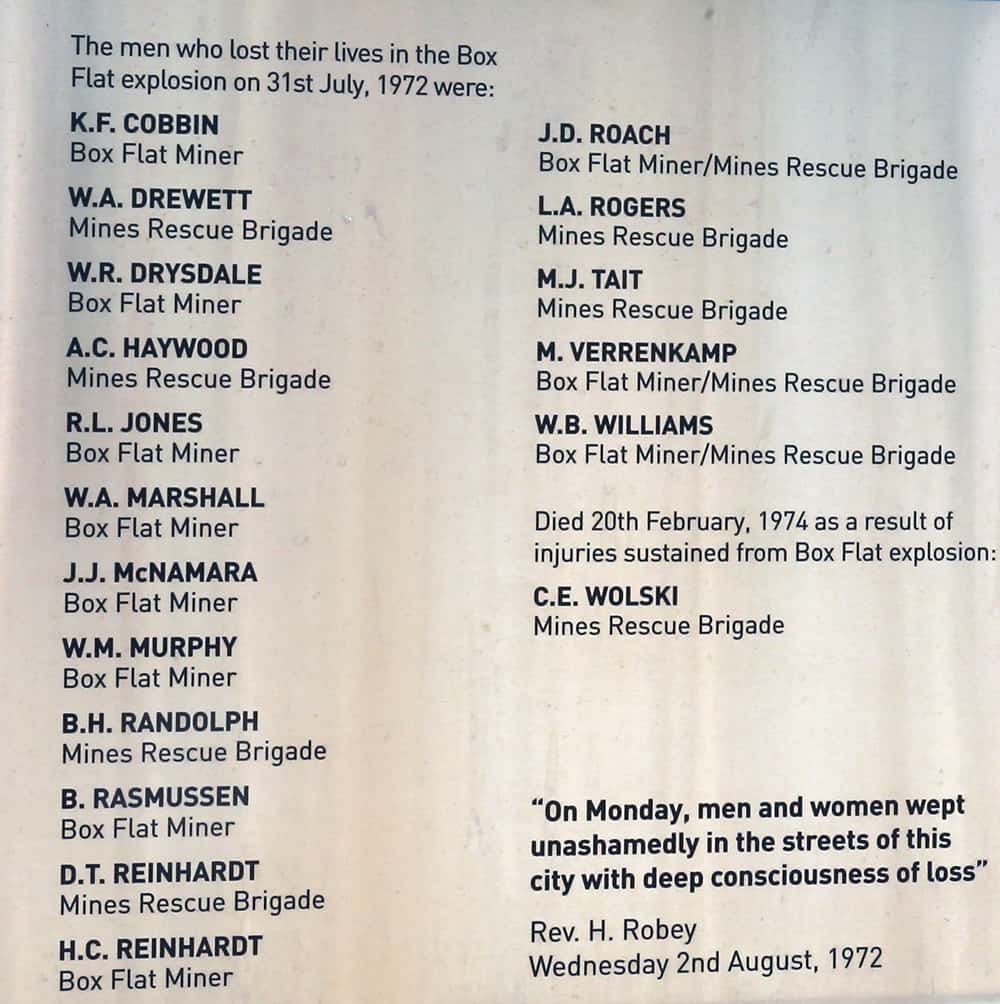
“I was nine when dad died,” Bill said.
“I was working odd jobs on farms when my father-in-law thought things were getting serious with my now wife and he wanted me to have a better job.
“He was also a miner and had worked with dad at Box Flat Mine.
“He asked me if I would consider taking a job at the mine.”
Bill had not thought about it until then.
He was good at fixing things and thought he would like an apprenticeship as a fitter.
Everyone he knew worked in the mines, it was in the blood running through the family tree which extended its branches all over the Moreton Basin seam.
“I went for an interview at Oakleigh with Normie Rule,” Bill said.
“He told me that the apprenticeships went to the children of the apprentices but would I be interested in going underground.”
Normie had also worked along Bill Senior and knew the family.
“I said I would and he told me he would let me know,” Bill said.
“I was a bit disappointed so I went to my girlfriend’s house to tell her what had happened when my mother drove in about half an hour later.
“She told me that I had the job.
“I said that I wondered why he didn’t just tell me right away and she explained that he had to phone her first to ask her permission before he offered her son the job.
“He didn’t want an irate woman upset that he had hired her son after what had happened to her husband.”
Being 18 at the time, Bill didn’t think too much about it.
His mother never said he couldn’t do it but he can imagine now what he probably put her through at the time.
“I must admit it was probably one of my best things I ever did going to work underground because then I understood how it all happened and that no one was to blame really,” Bill said.
“It was just the way of the times, everyone makes their best decision on the night.”
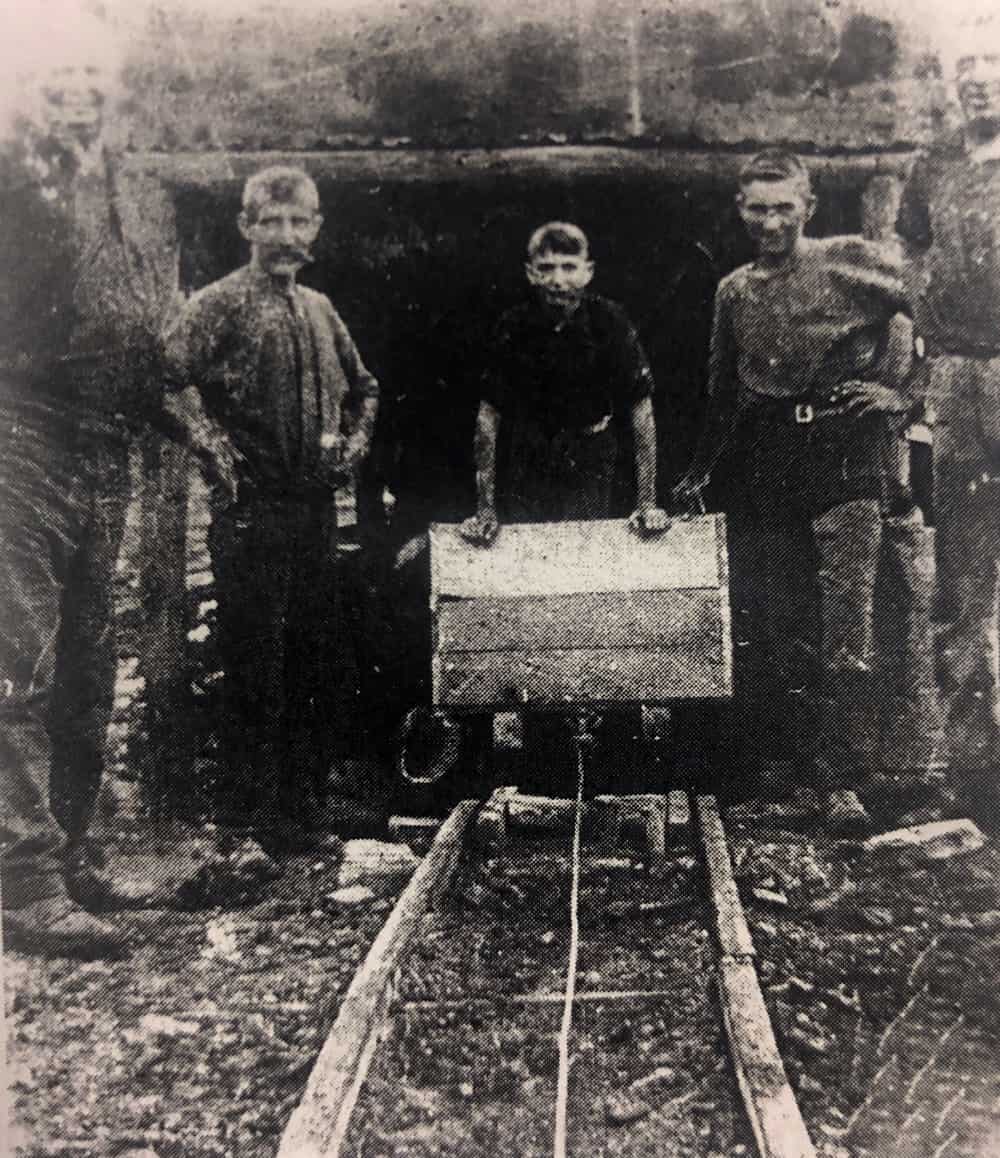
Charlie Cochrane and workers at Roughrigg Colliery in the 1930s. Photo courtesy of Rosewood Scrub Historical Society
These days they don’t send men underground to fight a fire, they take everyone out and seal up the top and wait for the oxygen to deplete.
Back in Charles Cochrane’s day, early 1900s, it was water that proved his biggest nemesis.
An ocean of underground water washed away his hopes in the early years of prospecting.
From when he dug the first tunnel until he found a workable one was eight years.
Down the end of each fox hole there was only disappointment after disappointment, but he kept going with an unshakable belief.
He only had one thing on his mind – his family.
Meanwhile wife Anges was baring their children, 14 in total, 11 born, one adopted and two fostered.
Twenty-four of his direct decedents worked in coal mining, with many more cousins and relatives.
As Ty Cochrane, Charles’ great-grandson and fourth generation coal miner, prepares to hang up his hard hat, it’s the stories from the miners that have come before him he remembers most.
“I worked very closely with dad over the years and picked up lots of things,” Ty said.
“I’m sure there were times he wanted to educate me a bit quicker.
“I remember learning early on that you need to listen to the older guys cause there is a lot of stuff that you just didn’t know, that wasn’t in the manual, like stepping over a shuttle car cable. You never do that.
“They would be laying on the ground if you either had to go around them or step on them because the last thing you wanted it to do is have it fly up between your legs.”
Ty’s father Greg can see the end in sight and it saddens him.
“The amount of people around this area that work in the mines,” Greg said.
“You talk to any of the old guys around here and they worked at Roughrigg Collieries.
“It’s sad that mining in this area is all coming to an end and this part of history is all going to go out the window.
“This is just the story of our family but there are heaps of families, most never put anything down on paper.
“It’s the end of a big era.”
Ty, his uncle, Chris, and second uncle Bill, will all finish with New Hope Group at Jeebropilly Mine with over 70 years on mining between them on 20 December 2019, when the gates will close for the final time.
Read also:
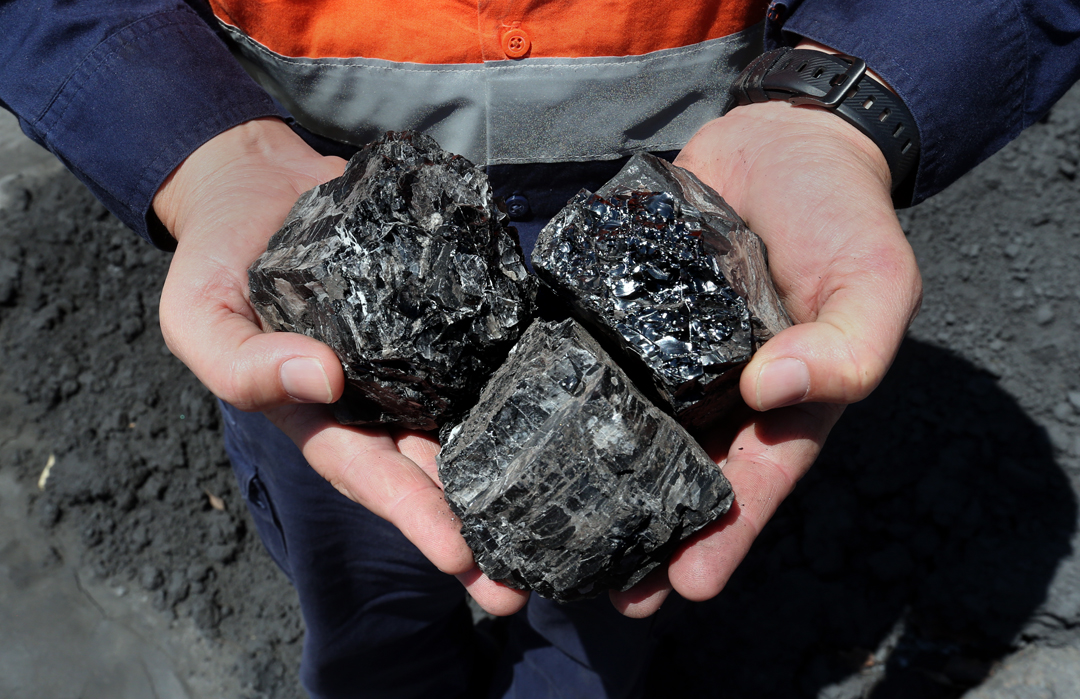
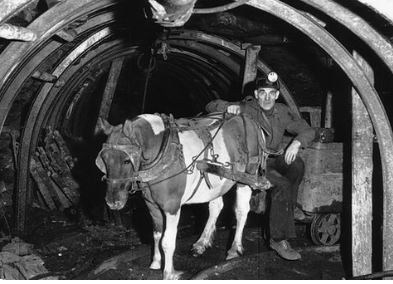
Image courtesy AMNH
Olden days story
Told by Greg Cochrane
The old man used to tell me when he first went underground he was a horseman.
He used to snig the wagons out to the lie.
He would uncouple them then the winch would take them up to the surface then bring the empties back down.
The old mine horse, Prince, was very smart.
He said it happened to him one day, he came down this grade to the lie where he would stick a sprag in the wheel, that was the brake, so the weight of the wagons wouldn’t push the horse.
One day his eye wasn’t on the ball and he had to run to stick the sprag in, hit a crown, knocked his light off and he missed the sprag.
He didn’t know what had happed because he couldn’t see anything, it was pitch black.
You don’t know what black is until you have been underground.
He fumbled around and found his light eventually so he lit it up and he scrambled off to see what had happened.
He found old Prince pushed up against a prop, just sitting there not moving with wagons up his bum pushing him against the wall.
It never hurt him apparently.
The horseman reckon the horses would count the click, click, clicks and if you put an extra wagon on they’d just stop – I’m not pulling that.
They knew what they could handle.
Prince lived out his later days up home I remember when I was a kid riding him.
He was a big draught horse (Clydesdale), it was great I tell ya, my eyes would open wide.

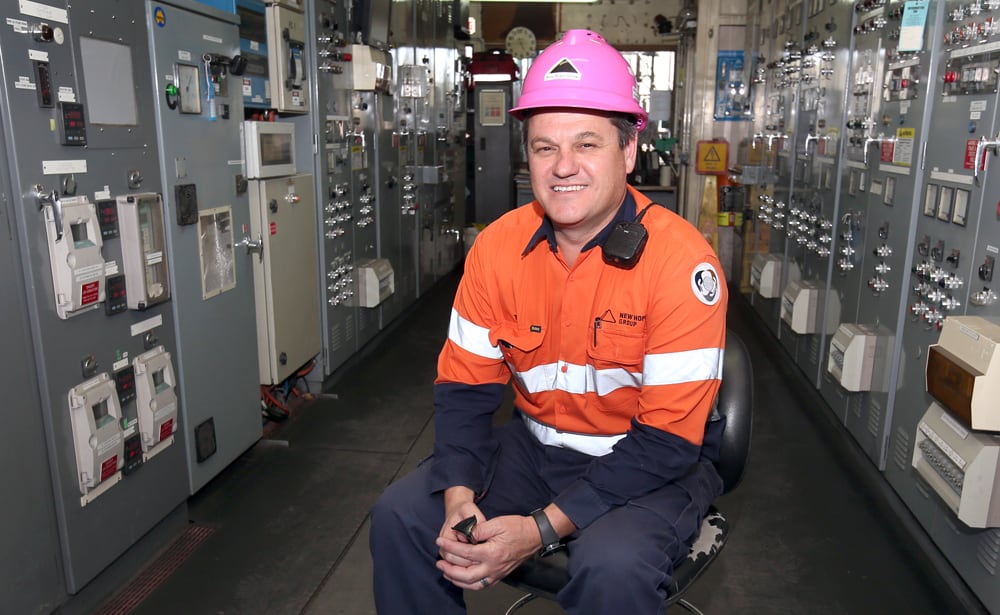
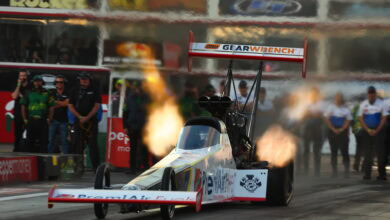
Good morning,
I have really enjoyed reading this article. Thank you for making this information accessible. Our family are also decedents of Charles and Agnes Cochrane. I do have some information that may interest you about Charles Cochrane & Lillian Cochrane’s (nee Pocock) family. If you follow the post-it-note family tree in your article, our connection is:
Charles Cochrane > Charles Cochrane > Ian Cochrane > David Cochrane.
David is my husband. I am pleased to inform you the Cochrane mining roots are still alive and kicking through Charles Cochrane junior’s family in the Isaac Region. My husband is an Open Cut Examiner at BMA’s Peakdowns Coal Mine, Moranbah. My oldest daughter Kate Cochrane did her apprenticeship at Peakdowns Coal Mine as an auto-electrician and went on to drive mining trucks at Peakdowns. She is currently working for BHP Integrated Remote Operations Centre (IROC), a state-of-the-art facility located in Brisbane. IROC is BHP’s advanced control center which operates continually, 24 hours a day, seven days a week controlling BHP’s Queensland Mines remotely. I am proud to say that my youngest daughter is also a Shotfirer at Peakdowns.
Charles Cochrane > Charles Cochrane > Barry Cochrane > Mark Cochrane & Darren Cochrane
David’s cousin Mark Cochrane worked at BMA’s Goonyella Mine, Moranbah during the 80’s – 90’s and his son, Scott is currently employed at BMA’s Caval Ridge Mine, Moranbah. Darren is also employed as a Driver Trainer at Caval Ridge Mine and his daughter, Lauren is driving mining truck at BMA’s Peakdowns Mine.
Charles Cochrane > Charles Cochrane > Shane Cochrane > Jaylene Cochrane
Jaylene is also employed in the mining industry. Not sure which mine at the moment.
I would like to think that Agnes & Charles Cochrane Senior, Charles and Lillian Cochrane would be proud of their families’ men and women carrying of the torch (or lantern) for the Cochrane Families’ Coal Mining history. Thanks again for this article.
Kindest regards,
Vanessa Cochrane